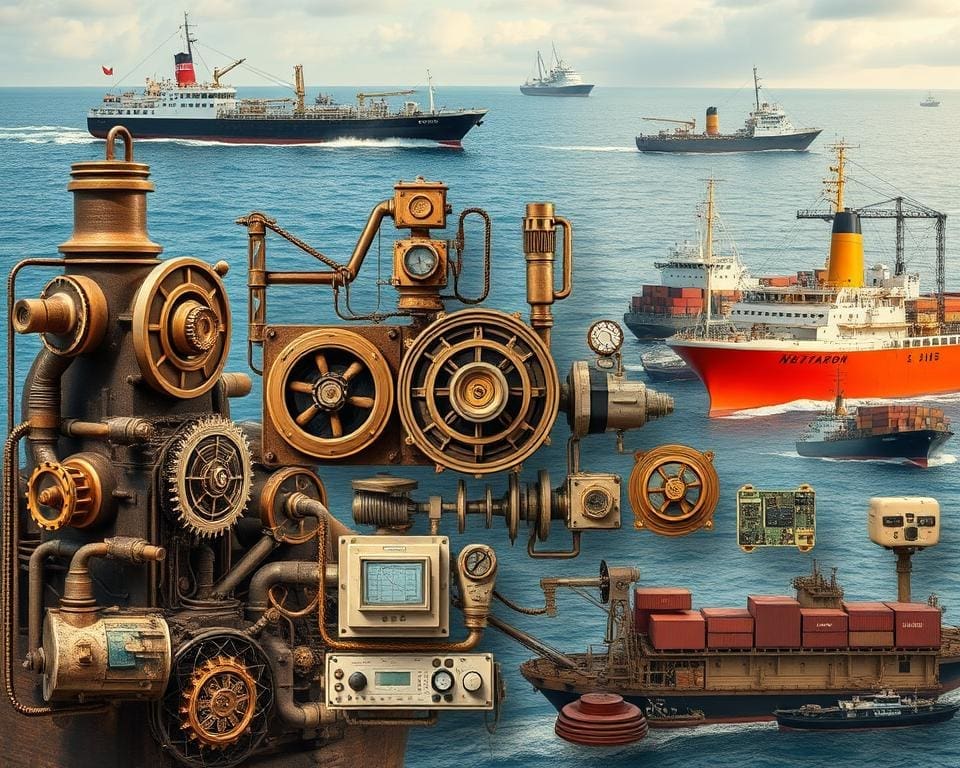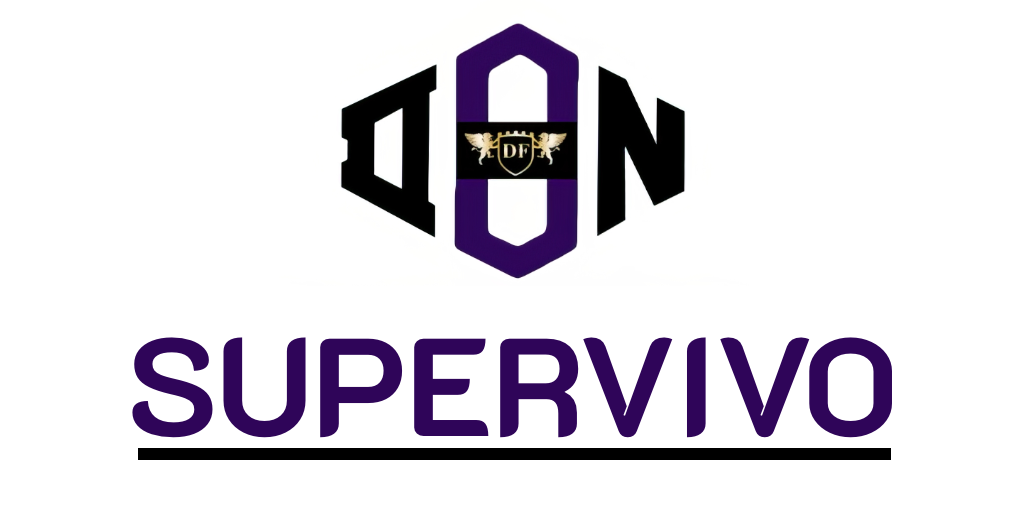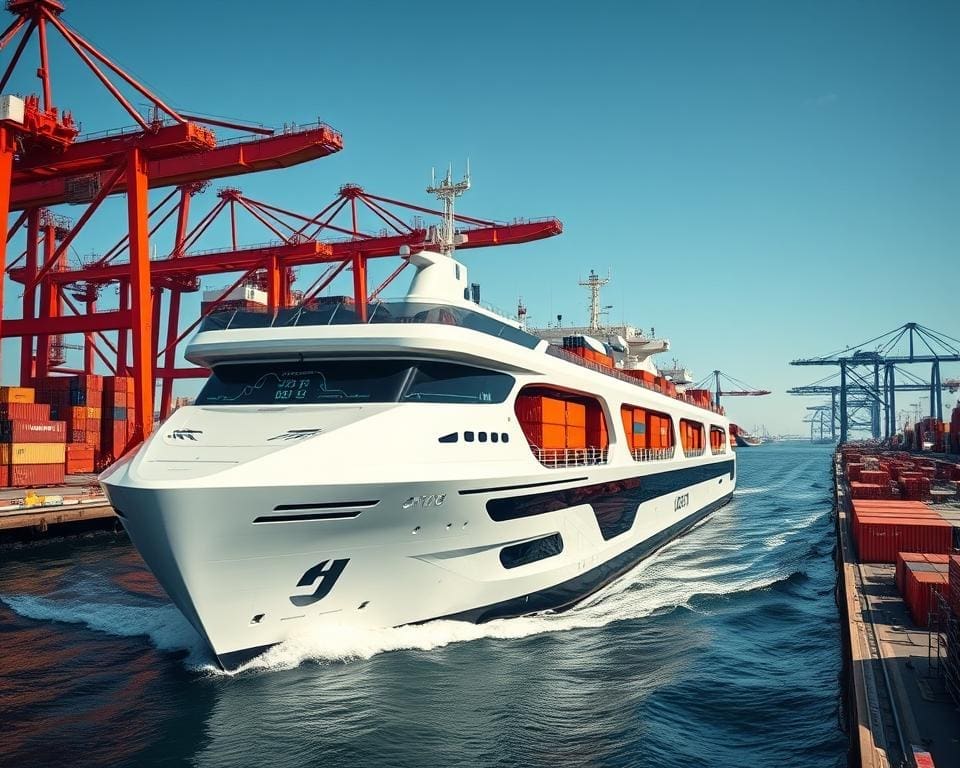In the ever-evolving landscape of the maritime industry, ship automation stands as a beacon of innovation, significantly transforming operations on cargo vessels. The IoT impact on cargo vessels cannot be overstated; by facilitating real-time data exchange between ships and shore-side operations, this technology enhances decision-making processes and drives operational efficiency. According to the International Maritime Organisation, the integration of IoT has redefined safety standards, enabling the maritime sector to meet the challenges of globalisation head-on. With research highlighting the potential for reduced operational costs and improved cargo management, the maritime industry is poised to embrace these technological advancements, paving the way for a more competitive future.
The Evolution of Maritime Automation Technologies
The advancement of maritime automation technologies marks an important chapter in the evolution of the maritime industry. Understanding the historical context of ship automation reveals a narrative filled with innovation and adaptation, reshaping how vessels operate at sea.
Historical Context of Ship Automation
The journey toward contemporary maritime automation began in the 19th century with the introduction of steam-powered ships. This revolutionary change significantly diminished dependence on human labour and manual navigation methods. Over time, advancements such as the integration of GPS and electronic chart systems emerged, transforming maritime practices. Each of these developments contributed to a broader understanding of the importance of automation in enhancing operational safety and efficiency.
Key Developments in Maritime Technology
Several key developments highlight the trajectory of maritime automation technologies:
- Adoption of Automatic Identification Systems (AIS), enabling vessels to communicate their location and movement.
- Implementing monitoring systems for engine performance, enhancing maintenance practices.
- Integration of advanced navigational aids, streamlining route planning and execution.
These milestones showcase how maritime automation has evolved, culminating in a more efficient and safer maritime environment. Reports from experts highlight that the cumulative effect of these advancements is a notable enhancement in navigation, safety, and the overall efficiency of cargo vessel operations.

Ship Automation: The Impact of IoT on Cargo Vessels
The integration of IoT in the maritime industry signifies a transformative shift for cargo vessels. With the ability to connect diverse sensors and devices, vessels can now gather critical data that enhances overall operational efficiency. This technological leap invites an exploration of how IoT is revolutionising the maritime sector.
Understanding IoT Integration in Maritime Sector
IoT technologies facilitate real-time communication between onboard systems and shore-based operations. This connectivity embodies a shift towards smarter shipping, where data from various sensors can be analysed for actionable insights. For instance, monitoring engine performance, fuel consumption, and cargo condition allows for timely interventions, optimising vessel management and ensuring safety at sea.
Current Innovations in Cargo Vessel Systems
Recent advancements underscore a commitment to enhancing cargo safety and efficiency. Predictive maintenance systems powered by IoT enable vessel operators to anticipate mechanical failures before they arise, thus reducing downtime. Companies like ABB and Siemens have introduced solutions that enhance the dialogue between cargo vessels and logistics chains, streamlining processes and minimising delays. The focus on integrating IoT in maritime operations distinctly contributes to the prevailing trend of smart shipping, fostering a future where sustainability and efficiency coexist.
The Role of Smart Shipping Solutions
The maritime industry is undergoing a remarkable transformation through the adoption of smart shipping solutions. These innovations bring about substantial advancements, particularly in the realm of operational efficiency. As global demand for shipping grows, the pressure to optimise resources and minimise costs has never been more critical.
Enhancing Operational Efficiency through Automation
Automation technologies play a pivotal role in enhancing operational efficiency within the maritime sector. By integrating systems such as autonomous navigation and real-time data analytics, companies can streamline processes while significantly reducing operational overheads. Fuel consumption can be optimised through intelligent route planning, drastically lowering emission footprints and overall expenditures.
Case Studies of Successful Implementations
Numerous organisations are already reaping the benefits of these smart shipping solutions. For instance, the Remote Control project initiated by Maersk has showcased the positive impact of automation in the shipping process. This case study illustrates substantial decreases in turnaround times, illustrating how smart shipping solutions facilitate a safer and more efficient industry. Enhanced safety protocols, implemented alongside automation, ensure that vessels operate under stringent guidelines, promoting a culture of reliability.
Safety Enhancements through Automated Vessel Systems
The introduction of automated vessel systems represents a significant leap forward in maritime safety. These systems are designed to enhance the operational capabilities of cargo vessels, directly addressing the crucial issue of human error, which has been a key contributor to maritime incidents.
Reducing Human Error on Cargo Vessels
Human error is frequently cited as a significant factor in maritime accidents. Automated vessel systems tackle this challenge by providing essential support to crew members, allowing technology to handle routine tasks that can often lead to oversight. Emphasising precision and reliability, these systems help in reducing human error through:
- Automated navigation systems that ensure accurate course plotting.
- Enhanced decision-making tools that assist in responding to varying sea conditions.
- Integration of real-time data analytics that identifies potential hazards immediately.
Real-time Monitoring and Incident Prevention
Effective safety measures remain paramount in the maritime industry. Automated vessel systems enable real-time monitoring of critical vessel functions and environmental parameters. With continuous oversight, these systems can alert the crew to anomalies before they escalate into serious incidents. This proactive approach to safety includes:
- Constant assessment of engine performance and fuel efficiency.
- Monitoring weather changes and sea states to facilitate timely adjustments.
- Implementation of emergency protocols automatically triggered by system alerts.
Challenges and Barriers to IoT Adoption in the Maritime Industry
The promise of IoT adoption in the maritime industry comes hand in hand with several challenges. While innovative tools and technologies emerge, integrating these advancements into existing systems is fraught with difficulties. Understanding these barriers is essential for navigating the future of maritime operations.
Technological Limitations and Integration Issues
The maritime sector faces technological limitations that hinder the successful implementation of IoT solutions. Issues such as inefficient data transmission, sensor malfunctions, and cybersecurity threats create obstacles for shipping companies. Many vessels still operate on legacy systems, making it difficult to integrate new technologies seamlessly. For IoT to permeate the maritime landscape effectively, robust infrastructure and advanced communication systems are imperative.
Regulatory and Compliance Considerations
Regulatory considerations significantly shape the landscape for IoT adoption in the maritime industry. As technology evolves, existing regulatory frameworks often lag behind, leaving stakeholders uncertain about compliance requirements. Navigating maritime safety laws and data privacy regulations adds complexity to integrating IoT solutions. Shipping companies must collaborate with regulatory bodies to ensure that new technologies align with established norms and safety standards.
The Future of Cargo Vessel Innovation
The horizon for cargo vessel innovation is promising, underpinned by the continuous evolution of ship automation and IoT technology. Predictions from the International Maritime Organisation indicate that the next decade could bring about a rapid integration of autonomous vessels into global shipping routes. This shift not only signifies a transformative opportunity for enhancing operational efficiency but also presents challenges that require careful navigation.
Key advancements, such as the integration of blockchain for supply chain transparency and sophisticated environmental monitoring systems, are enhancing the standards of maritime operations. These innovations are essential for meeting both regulatory requirements and the growing demand for sustainable practices within the shipping industry. The future of ship automation is not just about improving efficiency; it’s about reimagining how cargo vessels contribute to a cleaner, more responsible maritime landscape.
As stakeholders across the maritime sector commit to research and development, the path toward eco-friendly and technologically advanced shipping solutions becomes increasingly feasible. The convergence of automation, data analytics, and green technologies heralds a new era in cargo vessel innovation. It is an exhilarating time for maritime professionals, as the industry stands on the brink of a significant transformation that promises to redefine maritime trade for years to come.









